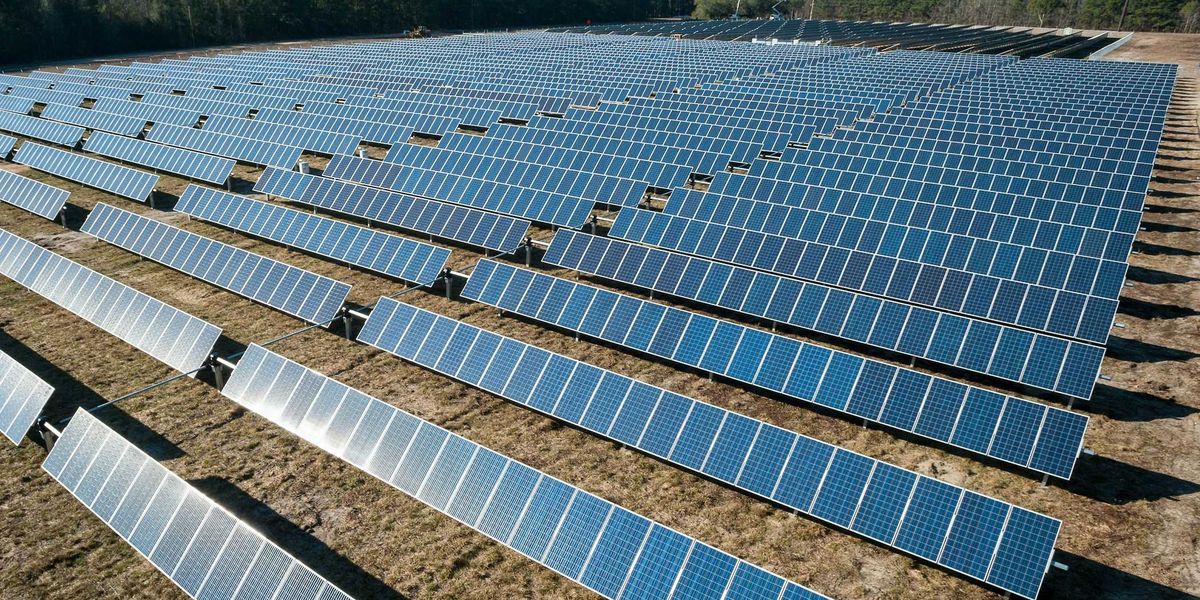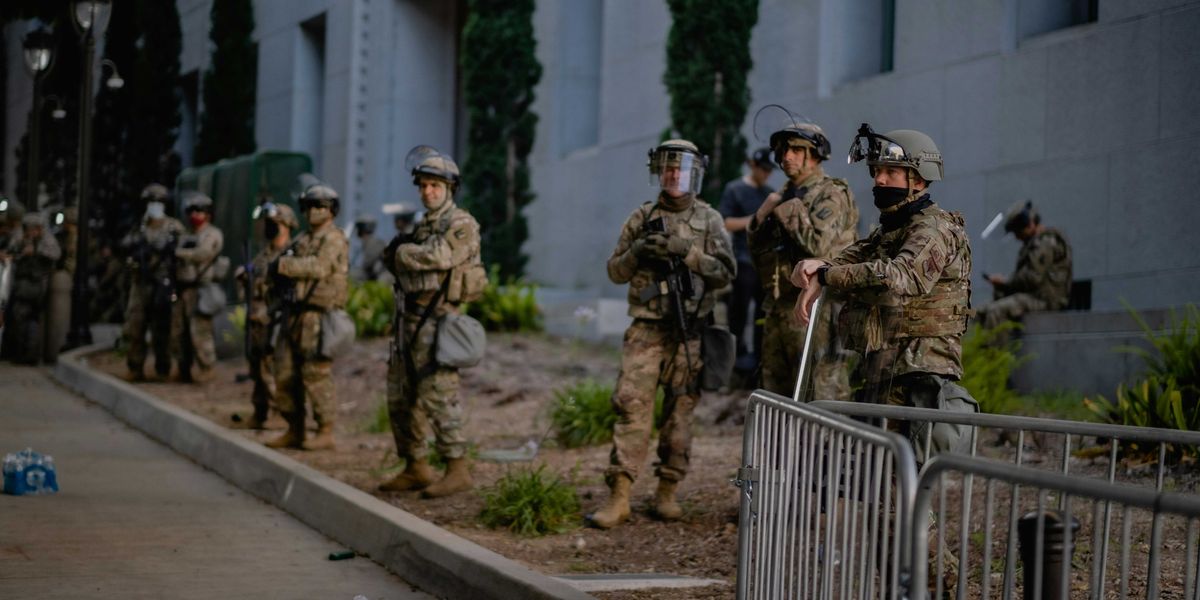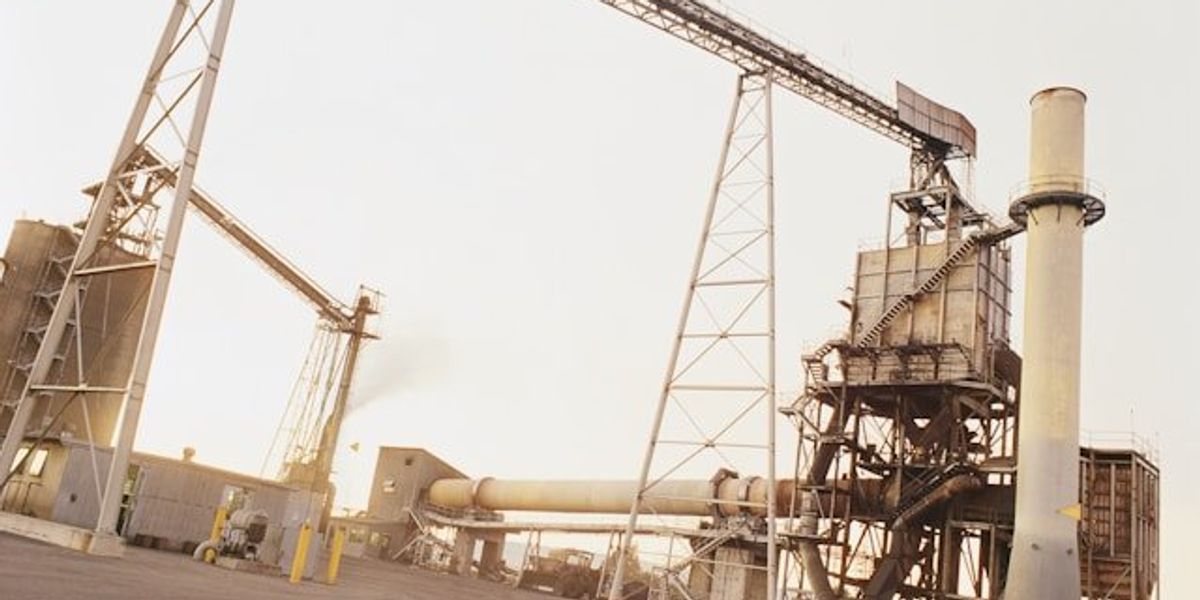Staff shortages at National Weather Service raise safety concerns ahead of hurricane season
A wave of retirements and layoffs has left the National Weather Service scrambling to fill critical roles as the Atlantic hurricane season approaches, raising bipartisan fears about the nation’s storm readiness.
Zack Colman reports for POLITICO.
In short:
- The National Weather Service has 155 open positions, including key roles in hurricane-prone areas like Louisiana, as it rushes to prepare for the June 1 start of hurricane season.
- Democrats on the House Science Committee say staff have been urged to take demotions to cover gaps, while internal National Oceanic and Atmospheric Administration (NOAA) documents reveal shortages in meteorology, IT, and hydrology roles critical to public safety.
- Former officials and lawmakers link the shortages to Trump-era workforce reductions and warn that understaffing at NOAA and the Federal Emergency Management Agency could compromise disaster response as climate-driven events intensify.
Key quote:
“We’re not prepared. We’re heading into hurricane season as unprepared as anytime as I can imagine.”
— Tom DiLiberto, former NOAA official
Why this matters:
The National Weather Service staffing crisis couldn’t come at a worse time. As climate change drives stronger hurricanes, heavier rainfall, and more erratic storm patterns, gaps in forecasting and emergency communication could mean communities don’t get timely alerts. Local NWS offices are essential not just for tracking storms but for coordinating with emergency responders on the ground. If hydrologists, IT specialists, or lead meteorologists aren’t in place, radar systems could fail or data could lag just when it's needed most. Compounding the issue, NOAA’s tracking systems for billion-dollar disasters and polar data are also under threat.
Related: U.S. pauses weather alerts translation, leaving non-English speakers at risk during disasters













